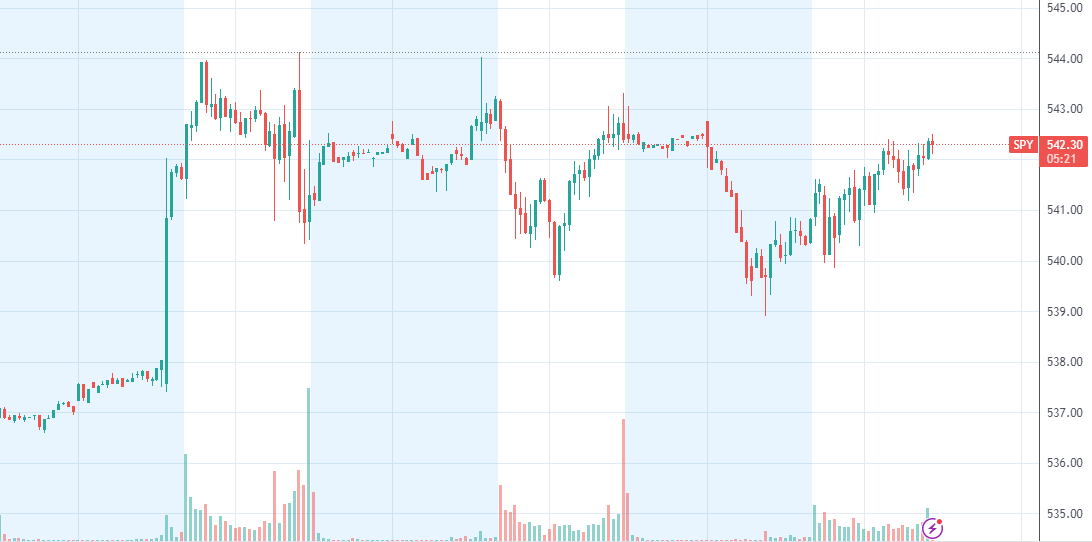Are markets fading the Fed?
Paid subscriber analysis
“to fade”, verb /feɪd/
-trader terminology for taking the opposite position of the prevailing trend.
-e.g. “fade the rally” - sell when markets jump up, as a reversal is expected.
Very interesting week behind us. We got two good inflation prints, CPI on Wed and PPI on Thu, both suggesting a renewed path of inflation declining. CPI is down to 3.3%, and had a 0% month-on-month change, while PPI is down to 2.2%, with a -0.2% month-on-month change. Both came in better than expected, with PPI much better than expected. Core inflation is also going down, and the trend is clear. Headline is still sticky, but we are seeing signs of progress.
However, in between the two inflation reports we got an FOMC decision that was actually quite hawkish.
The Fed decided to reduce cut expectations down to only 1 cut in 2024, as opposed to announced three cuts from March (and last December, which was the trigger for the Q1 rally in the first place). In addition, they updated their core and headline PCE inflation forecasts to 2.6% and 2.8%, and have updated the long-run unemployment forecast (to 4.2%).
Any other day, this would have been met with a strong sell-off in the markets. But it didn’t. Markets also failed to continue the rally after the good PPI print on Thursday. We basically got more of the same of what we have been looking at for the past month and a half. Hence my disappointment meme from Wednesday:
Yes, unfortunately, the Fed failed to provide more clarity and markets are once again gripped with uncertainty over direction for the forthcoming months. I mean just look at the trading after FOMC on Wednesday - markets going nowhere:
In other words, it is indeed looking like more of the same: expect sideways-up markets, with rallies centered around positive data prints (like inflation, unemployment or GDP).
This also means that markets might basically “fade the Fed” - disregard the hawkish signal from Wednesday, and just keep watching for a continuation of positive economic data. We saw signs of this on Wednesday already, when despite Powell’s hawkish presser the markets ended up pretty much where they started before it - SPX around 1% higher for the day (as an outcome of the CPI boost before open). But the next day, we traded sideways, and on Friday we had a sell-off overnight followed by another low volume grind up to end both post-FOMC days flat. That pretty much tells you all you need to know about expected price action from now on.
As you may recall from our newsletter last Saturday, there are three potential macroeconomic environments that we are facing now:
No Landing - high growth, robust labor markets, sticky inflation => higher rates, no need to cut. Sideways-up markets.
Trading strategy: Equities buy and hold, no excess trading as swings are likely. Short bonds, as yields likely to keep creeping up (especially due to Treasury issuance).Slowdown/recession - GDP starts to lag, labor markets begin to show weakness (unemployment going up to 4.2% or more, less jobs creation), inflation might be going down due to the slowdown of economic activity => there will be cuts, but not as a sign of good news. Equities likely to be hurt as earnings start to go bad.
Trading strategy: short bias for equities (meaning keep a large hedge to benefit from sell-offs). Long bonds (due to rate cuts and recession signals)Soft Landing: high growth, robust labor markets, but decreasing inflation => lower interest rates for all the good reasons. Strong rally in markets.
Trading strategy: Long equities, long bonds.
So which one is it?





